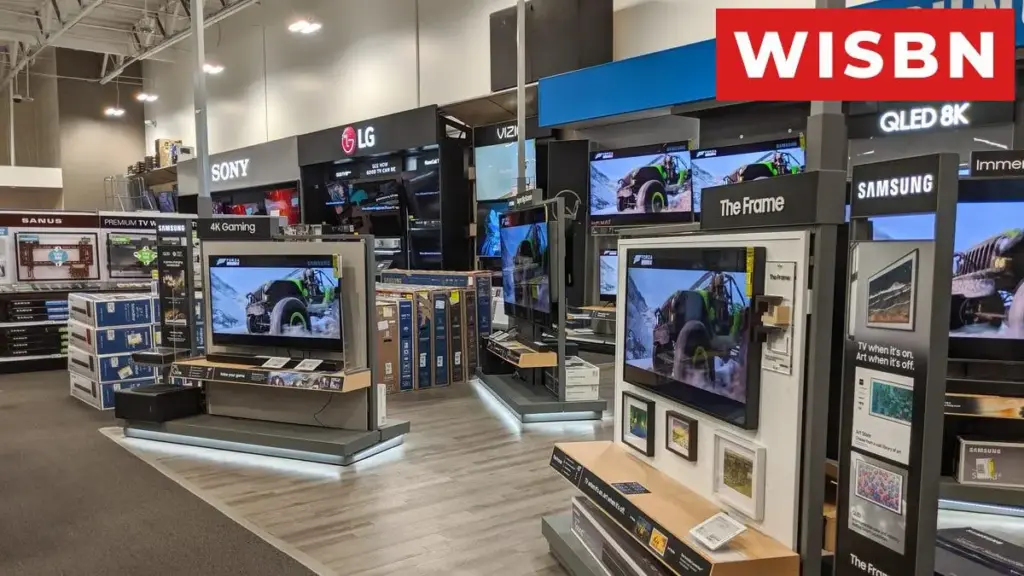Soon people will be able to rely on satellite systems and artificial intelligence to monitor hazardous soot pollution in their neighborhoods—and pinpoint its origins—in a manner not unlike tracking incoming storms under a plan by a nonprofit coalition led by former Vice President Al Gore.
Gore, who co-founded Climate TRACE, which employs satellites to pinpoint sources of heat-trapping methane, on Wednesday broadened his platform to follow the origins and plumes of pollution from fine particles, commonly called soot, at a neighborhood level for 2,500 cities worldwide. Particle pollution kills millions globally each year—and tens of thousands in the United States—according to scientific studies and reports.
Gore’s coalition leverages 300 satellites, 30,000 ground-monitoring sensors and artificial intelligence to identify 137,095 sources of particle pollution, with 3,937 of those labeled as “super emitters” because of the volume they discharge. Users can view long-term patterns, but Gore hopes these will be updated daily in about a year so they can be integrated into weather apps, similar to allergy alerts.
It’s not only about visualizing the pollutants. The website reveals who is emitting them.
“It’s difficult, before AI, for people to really see precisely where this conventional air pollution is coming from,” Gore said. “When it’s over in their homes and in their neighborhoods and when people have a very clear idea of this, then I think they’re empowered with the truth of their situation. My faith tradition has always taught me you will know the truth and the truth shall set you free.”
Unlike methane, soot pollution isn’t technically a climate issue because it doesn’t warm the planet, but it stems from the same process: burning fossil fuels.
“It’s the same combustion process of the same fuels that produce both the greenhouse gas pollution and the particulate pollution that kills almost 9 million people every single year,” Gore said in a video interview Monday. “I’ll give you an example. I recently spent a week in Cancer Alley, the stretch between Baton Rouge and New Orleans where the U.S. petrochemical industry is based. That’s a 65-mile (105-kilometer) stretch, you know, and on either side of the river we did an analysis with the Climate TRACE data. If Cancer Alley were a nation, its per capita global warming pollution emissions would rank fourth in the world, behind Turkmenistan.”
Gore’s organization found Karachi, Pakistan, had the most people exposed to soot pollution, followed by Guangzhou, China, Seoul, South Korea, New York City and Dhaka, Bangladesh.
See also: RedCloud Partners with NVIDIA to Advance Global Trade Technology


